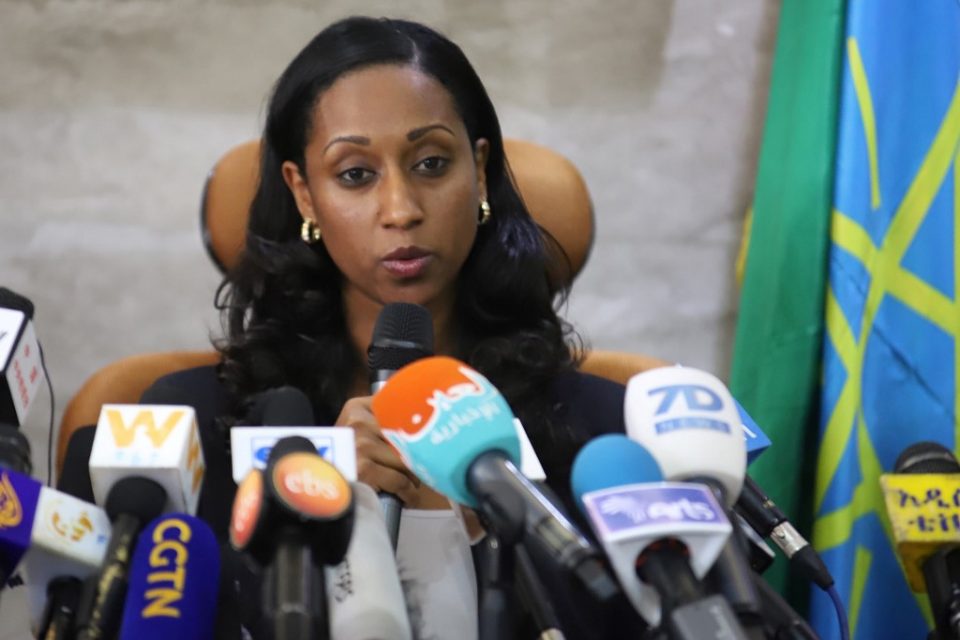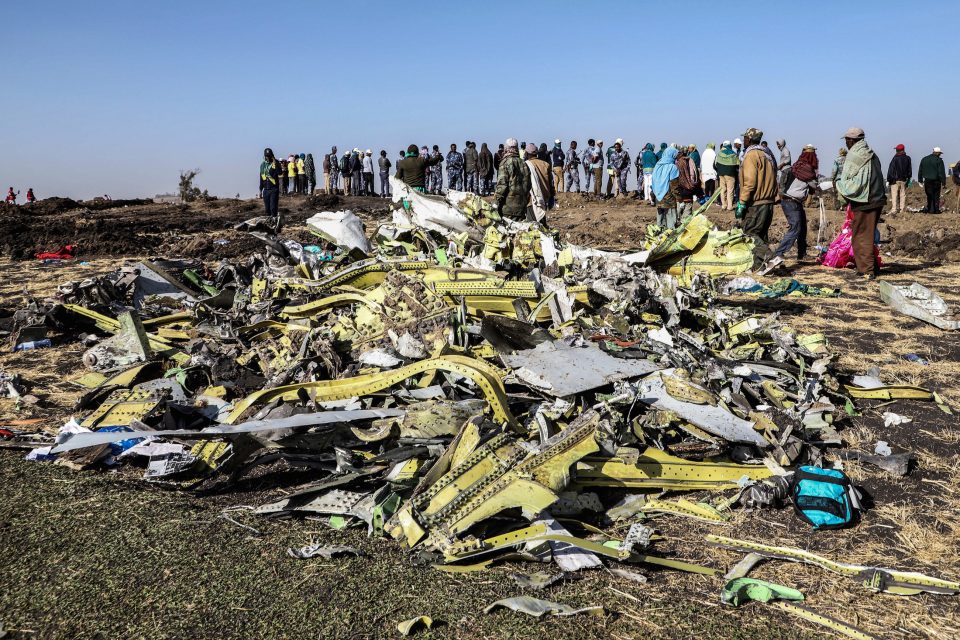
by Chris STEIN
The crew of the Ethiopian Airlines plane that crashed last month killing 157 people, repeatedly followed procedures recommended by Boeing, but were unable to regain control of the jet, according the investigators’ report released Thursday.
The initial report, unveiled by Ethiopian Transport Minister Dagmawit Moges, cast further doubt on the system controlling the Boeing 737 MAX 8 model, which has been grounded worldwide for almost a month.
“The crew performed all the procedures repeatedly provided by the manufacturer, but was not able to control the aircraft,” said Dagmawit Moges, unveiling results of the preliminary probe into the crash.
The report recommends “the aircraft flight control system shall be reviewed by the manufacturer,” she said.
“Aviation authorities shall verify that the review of the aircraft flight control system has been adequately addressed by the manufacturer before the release of the aircraft for operations,” she added.
The release of the report came after the US Federal Aviation Administration (FAA) announced a review of the certification of the automated flight control system on the 737 MAX. Boeing is reviewing the report.
The Ethiopian Airlines flight was headed to Nairobi on a clear morning on March 10 when it plummeted nose-first into a field outside Addis Ababa just minutes after take-off, having reportedly experienced erratic steep climbs and descents.
Citizens from over 30 countries were on board.

– Anti-stall system –
Similarities quickly emerged between the crash and that of an Indonesian Lion Air 737 MAX 8 flight in October last year which killed 189 people.
Scrutiny has centred on an anti-stall system, developed specifically for the latest versions of the planes, that has given pilots problems.
Dagmawit did not make specific reference to the automatic anti-stalling system, but did mention a “repetitive nose-down” movement of the aircraft.
The Maneuvering Characteristics Augmentation System (MCAS) is designed to automatically lower the aircraft’s nose if it detects a stall or loss of airspeed.
Boeing issued a bulletin reminding operators of emergency guidelines to override the anti-stall system after the Lion Air crash.
The Wall Street Journal reported Wednesday that pilots had shut off the anti-stall system, but switched it back on because they could not regain control, citing people briefed on the preliminary findings.
Dagmawit did not give details of what happened in the cockpit during the fateful final minutes of the flight, but said takeoff “appeared very normal” and that all the crew had the requisite qualifications to operate the jet.
The head of the accident investigation bureau Amdiye Ayalew said the full probe would take six months to a year, but that there had been no sign of “foreign object damage” to the aircraft.
“Within this one year we’ll analyse whether other problems are existing on this aircraft,” he said.
– ‘Proud’ of pilots –
The head of Ethiopian Airlines Tewolde GebreMariam said he was proud of the efforts of the pilots in trying to stop their jet from crashing.
“We are very proud of our pilots’ compliances to follow the emergency procedures, and high level of professional performances in such extremely difficult situations,” he said in a statement.
Meanwhile Boeing, seeking to win back public confidence in the planes, on Wednesday released photographs of its chief executive, who joined a test flight of a 737 MAX with the company’s updated anti-stall system.
Boeing last week gathered hundreds of pilots and reporters for a presentation on proposed MCAS changes — including the system no longer repeatedly making corrections when pilots try to regain control.
The company is anxious to win approval for a remedy that could get the planes back in the air.
But the FAA, which faced harsh questioning last week at a congressional hearing regarding its oversight of Boeing, said it expected the plane maker to submit the proposed fix “over the coming weeks” after it undertakes additional work.
The FAA said Monday that Boeing needed to undertake more work on the proposed fix before it could be submitted for review.
© Agence France-Presse







